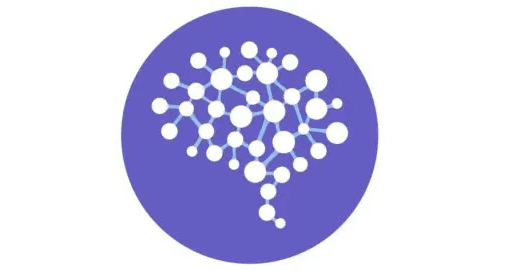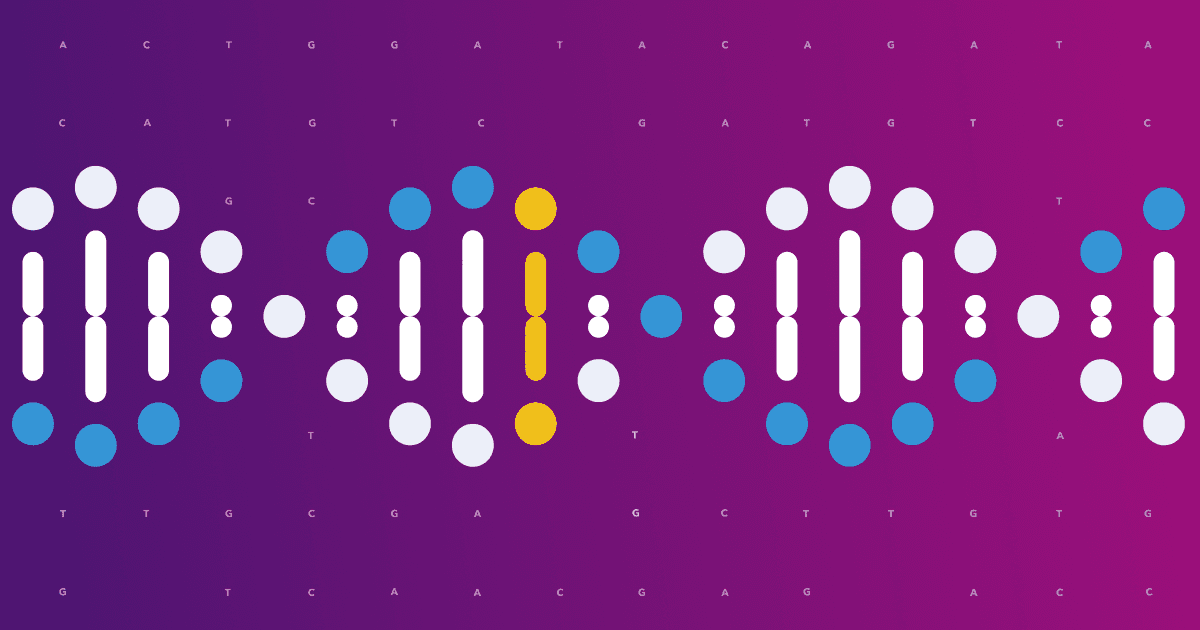
(Editor’s note: Here is a link to Brian’s poster presented at ASHG.)
Rare events are hard to study, and this is especially true in genetics. Imagine you have a group of four people carrying a mutation and two of them are also afflicted with same medical condition.
Coincidence or correlation?
Well, this is a hard question to answer but it is exactly the sort of question that Brian Naughton, Founding Scientist at 23andMe, investigates with his current research.
Common genetic variants – the sort of genetic variants reported in most of 23andMe disease risk reports – only explain a small fraction of what scientists call disease heritability. As genetic data becomes cheaper and more accessible, we are learning more about more rare mutations. Researchers hope that these rare genetic factors will help explain the “missing heritability,” shedding light on why certain diseases run in families.
Meaning for Rare Variants
To assign meaning to these rare mutations, scientists have so far tried many approaches. One brute-force method is to scour the literature for any mention of a mutation and its biological implications. This method, however, has its limitations. Little to none may be recorded in the literature about extremely rare mutations. There are also reporting biases; for instance healthy individuals with rare mutations often don’t make it into the medical journals. In addition, there are so many possible mutations that scouring the literature for each of them becomes intractable.
![]()
You, too, can contribute to research! How? One easy way is to answer the research surveys at 23andMe.
Not yet a customer? Visit our store!
Other scientists have turned to biochemistry to make predictions of a mutation’s impact. Knowing how a specific genetic mutation – a DNA change – translates into changes in protein shape can go a long way towards predicting whether the changed protein will be functional or not. However, prediction algorithms aren’t perfect and they are especially bad at predicting how relatively minor protein changes might have long term consequences.
A Different Approach
Rejecting these common approaches of addressing rare mutations, Brian has turned his attention to 23andMe’s large database, seizing on the power of large numbers.
With over 180,000 customers (many of whom have already filled out surveys about their medical history), 23andMe’s genetic database is the perfect playground for exploring the rare. Brian can observe dozens of customers with very rare mutations that might not even occur once in a smaller database.
Brian has tested his new method on several mutations in the BRCA1 and BRCA2 genes. Associations between breast cancer and certain mutations in these two genes have already been established (some of which are reported by 23andMe), and he aimed to replicate these associations using his new method in the 23andMe database. He will present his results for the first time to the scientific community next month at the American Society of Human Genetics (ASHG) conference in San Francisco, and he will not be alone. Many other geneticists will also be addressing “missing heritability” and other genetic mysteries through the study of the rare and usual. Understanding rare mutations is one of the next big frontiers of genetics, and 23andMe is proud to participate in the exploration of this new scientific territory.



